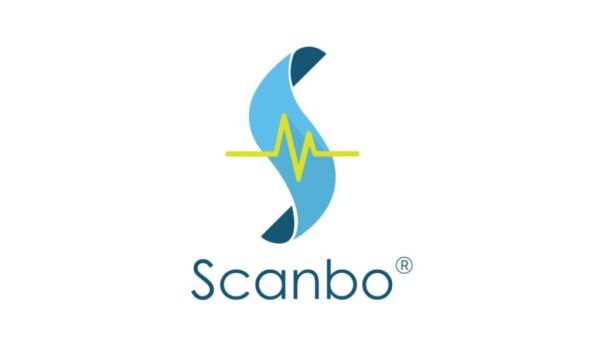
Healthcare is in the middle of a fundamental shift. Rising patient loads, increasing costs, and pressure on hospital systems are driving a search for faster, more efficient ways to manage diagnostics. The growth of at-home testing and point-of-care technologies reflects this change. Devices that once required labs or clinical supervision are now being designed for everyday use, offering patients greater control while easing the burden on healthcare providers.
Scanbo D8 fits squarely within this movement. By combining sensor fusion with artificial intelligence, it delivers a set of non-invasive tests that can be completed in just minutes. For physicians, this means the ability to make decisions without sending patients to labs for initial triage. For individuals, it brings critical health monitoring into homes, workplaces, and community settings where access to clinical facilities may be limited.
The Problem with Current Diagnostics
The traditional diagnostic pathway is slow and fragmented. A patient visits a doctor, undergoes a basic check, and is then referred to a laboratory for additional testing. Results may take days, and only then can a treatment plan be finalized. This delay not only frustrates patients but also contributes to inefficiencies across the system. In areas with limited healthcare infrastructure, the challenge is even greater, as distance and access barriers make timely testing difficult.
How Scanbo D8 Addresses These Gaps
Scanbo D8 is designed to shorten that cycle by consolidating multiple tests into a single compact device. In less than five minutes, it can provide measurements that would otherwise require multiple instruments and follow-up visits. For healthcare providers, this means faster triage and earlier treatment decisions. For patients, it reduces reliance on labs and improves access to essential diagnostics. The result is not only time saved but also a more streamlined care experience that supports proactive health management.
Current Capabilities of Scanbo D8
The D8 already performs a wide range of checks. It can measure blood pressure, heart rate, heart rate variability, breathing rate, oxygen saturation, and body temperature, while also recording a single-lead ECG. In addition, it supports a finger-prick glucose test, allowing for comprehensive monitoring of both cardiovascular and metabolic health. By bringing these functions together, the device serves as a first-level diagnostic tool that can be used in clinics, homes, or resource-limited settings.
AI-Powered Cardiac Care
A distinguishing feature of Scanbo lies in its use of AI to interpret cardiac signals. The device currently offers insights into heart rhythm, heart rate variability, and the detection of irregularities such as atrial fibrillation and sinus arrhythmia. This positions it as more than a vital sign monitor; it is a tool for identifying patterns that may otherwise go unnoticed in routine checks.
The roadmap extends further. By 2026, the platform aims to provide analysis of QRS wave and PR intervals, corrected QT measurements, and research-based applications such as sleep apnea detection. By 2027, capabilities are expected to expand into the identification of ventricular fibrillation and atrial flutter. Each stage represents a step toward more advanced cardiac assessment without invasive testing.
Product Roadmap Beyond D8
Scanbo’s development does not stop with the D8. In 2026, the D12 is planned to introduce additional blood tests, further widening its diagnostic reach. By 2027, the D16 will build on this with even more testing capabilities, and by 2028, the D19 is expected to expand the platform further. This staged progression reflects a long-term vision of creating a single device that evolves into a comprehensive diagnostic hub, capable of supporting a wide spectrum of healthcare needs.
Why This Matters for Healthcare
The importance of such innovation becomes clear when placed against broader healthcare challenges. Chronic conditions such as diabetes, hypertension, and cardiovascular disease are rising worldwide, yet routine monitoring remains a struggle for many due to cost, access, or compliance. At the same time, hospitals and clinics are under pressure to deliver more care with fewer resources.
Devices like the Scanbo D8 represent one response to these challenges. By moving diagnostics closer to the patient, they reduce dependence on centralized labs and free up clinical capacity for cases that require advanced care. More importantly, they create opportunities for earlier detection and intervention, which can have a significant impact on outcomes in long-term disease management.
Conclusion
Scanbo D8 demonstrates how medical technology is evolving to meet both patient and system-level demands. It combines multiple non-invasive tests with AI-driven analysis, delivering results quickly while laying the groundwork for expanded capabilities in the coming years. In doing so, it addresses one of the central challenges in modern healthcare: how to deliver timely, accurate, and accessible diagnostics in an increasingly strained system. By situating itself within broader industry needs and aligning its product roadmap with real-world health challenges, Scanbo is not only building a device but also contributing to a shift in how diagnostics can be delivered in the future.